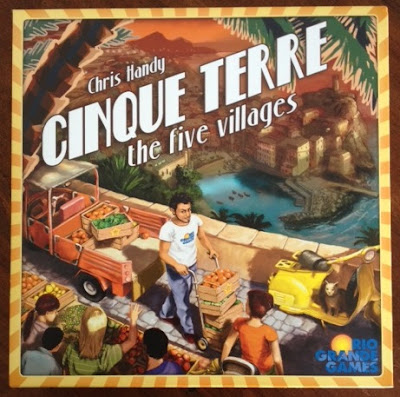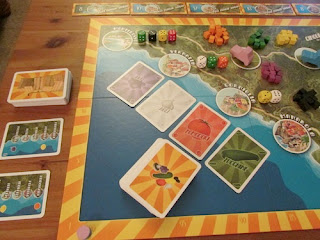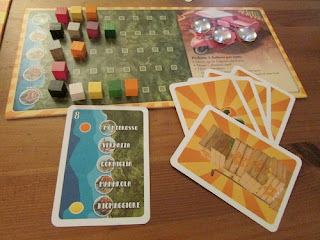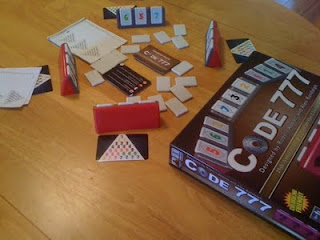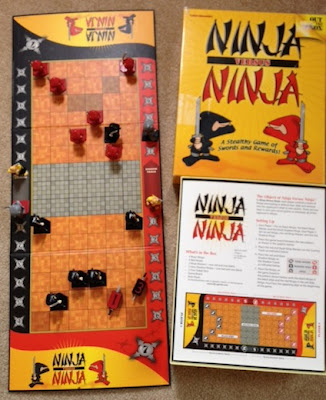In Tower of Babel, you are attempting to earn the most victory points by helping to build (or offering to help build) the different wonders of the world. Each turn, the active player has two options - he can either select a building disc to build, or he can pass. If he passes, then he draws one cards and his turn is over. If he attempts to build a disc, then he selects which disc he wants, and all of his opponents can offer cards to help. When selecting which opponents' offers he will accept, a player cannot accept more cards than are required to build the disc. (For example, if the disc requires four white cards, he cannot accept an offer for three white cards and an offer for two white cards.) Whichever players are not selected to build get to keep their cards and also receive a victory point for each card offered. Whichever players are selected get to place a marker on the in-progress wonder for each card that they offered. Finally, the active player gets to keep the building disc. Alternatively, a player can, along with his offer, include his "trading" card. Of all of the players that offer a trading card, the active player can only accept one offer. If he accepts that offer, then he must discard a card from his hand for each card that the "trading" player offered. In addition, the "trading" player gets to keep the building disc - however, the active player gets to place markers on the wonder instead of the "trading" player. At the end of each building turn, all players get to draw a card. Once each wonder is completed, players are rewarded based on how much they have contributed. Additionally, at the end of the game, players are rewarded for how many building discs they have, and earn the most points by having matching types. Whoever has the most points at the end of the game is the winner!
The first pro that I have for Tower of Babel is that it is one of the most uniquely strategic games that I have played. It really takes a full game before you start understanding how any of the strategy works. During that game, you will start trying to balance whether it is "better" to contribute to wonders, or to collect building discs. Or, do you want to try to make offers that you think that other players won't accept - thus earning victory points and keeping your cards. Really, though, you need to balance out all of these things. So, ultimately I think that the strategy of the game (along with what makes it unique) is in deciding how many cards to offer, and when to offer a trader. There are some situations where you don't want your offer to be accepted, yet can get a lot of points for making it - and so you need to capitalize. At other times, you will truly hope that your offer is accepted - either because you offered the trader for a building disc that you really want, or you are trying to get markers on a wonder right before it scores. I found these different elements to be very interesting.
 |
| Assessing offers |
However, there are some cons with Tower of Babel that are worth mentioning. The first one is fairly trivial - the game includes some of the most useless playing pieces that I have ever seen. Each player is given a fairly sizable column marker, and this is the player's turn order marker. These are placed on the turn order track in clockwise order. At the end of each turn, you are supposed to move your marker to the back of the line, and shift everyone else's marker forward. But, turn order never changes, and you just take turns going in a circle, like almost every other game in the world. So, why do I need a turn order track for this? Short answer - there is absolutely no reason whatsoever that you need this.
 |
| The most useless turn order track ever |
Overall, I give Tower of Babel a 7.0/10. I honestly enjoyed the game. However, I don't see myself looking for opportunities to play it more in the future. And, since the other people in my play group had similar sentiments - being willing to play if other people wanted to, but probably not asking for it to be brought out, I don't see this one getting much more play.
If Tower of Babel sounds interesting, you might also check out Lost Cities, Quo Vadis, and Famiglia.

